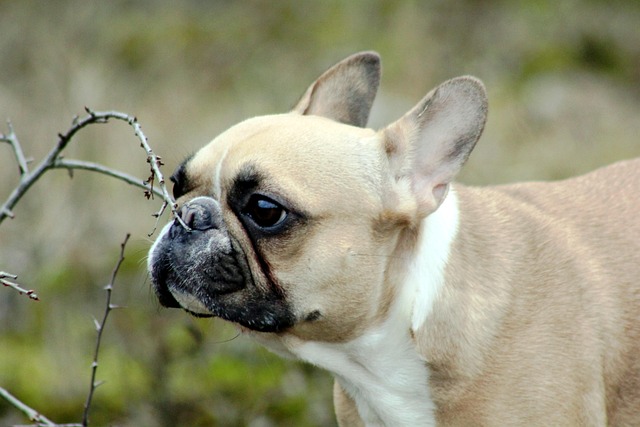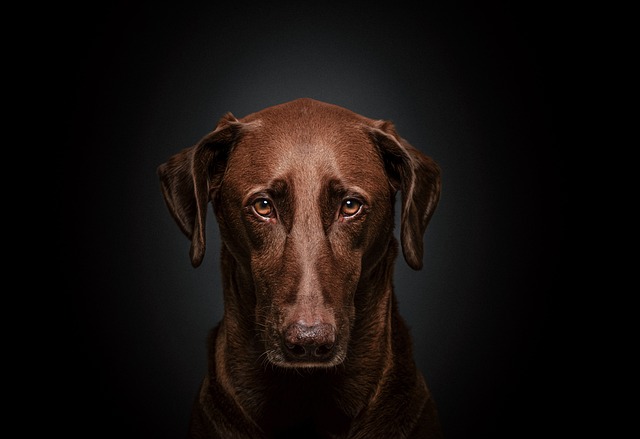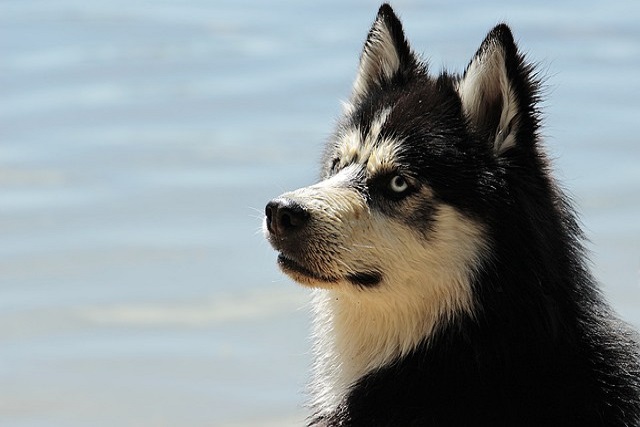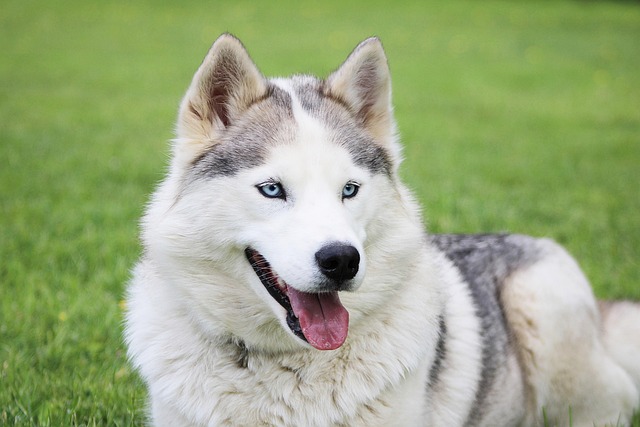
How to train a puppy to poop outside?
Watching your tiny puppy circle the living room carpet can make any new owner panic—but outdoor potty training doesn’t have to be stressful.
Welcoming a dog into your home means building a partnership—one where trust and clear communication make life safer and happier for both of you. Basic training isn’t about strict commands; it’s about creating a shared language that turns chaos into harmony. Let’s break down the essential skills every pup needs, with kindness and consistency at the core.
Potty training is the first hurdle. Stick to a routine: take them out after eating, sleeping, and playing, using a calm cue like "go potty." Celebrate successes with praise—no scolding for accidents. Focus on catching them in the act to build confidence, not fear. A predictable schedule makes this process smoother for everyone.
Master the obedience basics: Sit, Stay, Come, and Heel. "Sit" calms excitement at doors or mealtime—use a treat to guide their nose up and back. "Stay" keeps them safe in crowds; start short, then lengthen time. "Come" is lifesaving—practice in quiet spaces with their name and joy. "Heel" means walks without pulling: reward when they stay by your side, leash loose and relaxed.
Socialization shapes a well-behaved dog. Expose them to new people, sounds, and places early (3–14 weeks), but let them set the pace. Gentle interactions with vaccinated dogs and polite strangers build courage. Poor socialization can lead to aggression—and legal issues in public spaces—so prioritize positive, gradual experiences.
 Tackle everyday disruptions with "Leave it" and "Drop it." Use a treat on the floor: say "leave it," reward when they look away. For "drop it," offer a better treat in exchange for chewed items. Redirecting to toys (not shoes!) keeps them safe and your home intact—chewing is natural, but guidance helps.
Tackle everyday disruptions with "Leave it" and "Drop it." Use a treat on the floor: say "leave it," reward when they look away. For "drop it," offer a better treat in exchange for chewed items. Redirecting to toys (not shoes!) keeps them safe and your home intact—chewing is natural, but guidance helps.
Crate training creates a safe den. Make it inviting: leave the door open, add bedding/toys, and feed near it. Never punish with the crate; let it be a cozy retreat. Crucial for travel and safety, it also meets legal requirements in places where unattended dogs need secure containment.
Polite resource behavior matters. If they guard food or toys, feed near you and add treats to their bowl during meals to build trust. Teach kids to respect their space—no grabbing items roughly. A calm approach prevents conflicts and shows patience brings rewards.
Consistency is key: everyone in the house uses the same words and rewards. Dogs thrive on predictability—mixed signals confuse them. Skip punishment; positive reinforcement (treats, praise) builds trust and avoids aggression. Many countries ban aversive methods, so kindness is both better for your pup and legally sound.
End sessions on a high note, even with one good "sit," to keep them eager. Training isn’t about perfection—it’s about understanding. A reliable "come" prevents dashes into traffic; a calm "down" lets you relax at a café. These skills create a bond where your dog looks to you for guidance, not just commands.
Every dog learns differently—celebrate small wins and stay patient. The effort pays off in a lifetime of peace: a pup who’s welcome everywhere, safe, and truly in tune with you. That’s the magic of training: not just obedience, but a partnership built on love and mutual respect.

Watching your tiny puppy circle the living room carpet can make any new owner panic—but outdoor potty training doesn’t have to be stressful.

Watching your tiny puppy circle the living room carpet can spark panic—you know what’s coming next, but training them to head outside takes patience, not frustration.

Dog obedience training isn’t just about teaching tricks—it’s how you build trust and keep your pup safe in busy neighborhoods, like when kids run by the park or a delivery truck rumbles down the street.

You're standing in the pet store aisle holding a collapsible metal crate, wondering if this purchase will be your new puppy's safe haven or an emotional prison.

You've set up the perfect crate with a cozy bed and treats, but after three days your new rescue still whines when you close the door.

You’ve followed all the advice—bought the perfectly sized crate, stocked up on fancy treats, and even got that cozy orthopedic bed